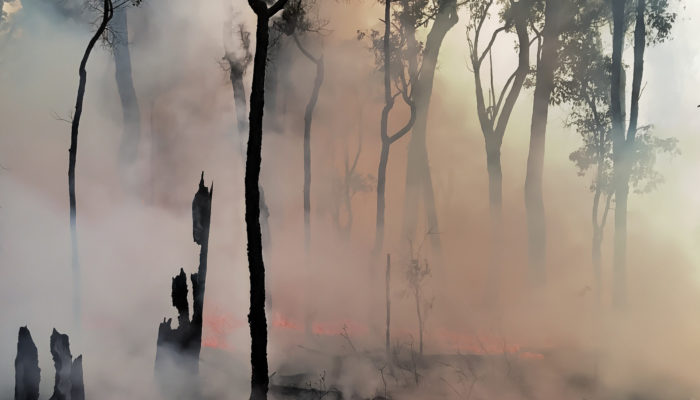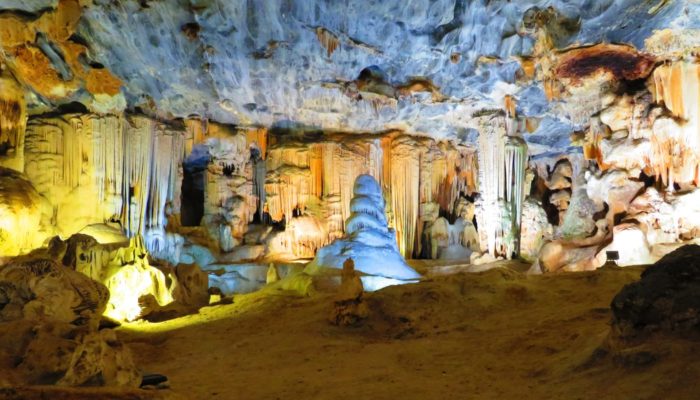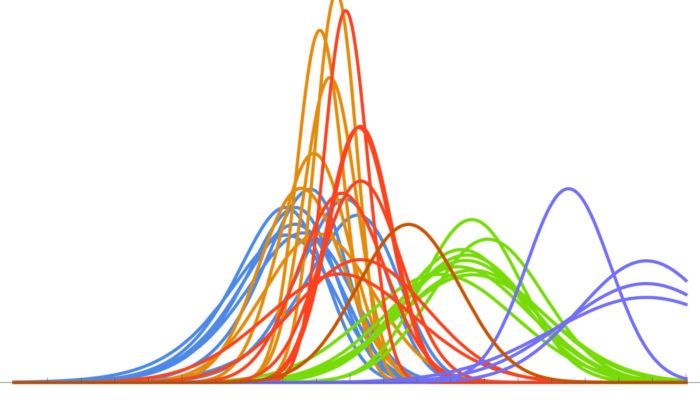One often hears that ambitious climate policy might be premature while climate change is still “uncertain”. This sounds like a fair argument: The amount of global warming per doubling CO2 is not well constrained, and the amount of economic damage per degree of warming even less. But is this uncertainty a sound excuse to wait and see? Uncertainty, risk aversion, and insurance If you knew the ...[Read More]
Dear “climate sceptic”, do you have a fire insurance? – Climate policy under uncertainty




